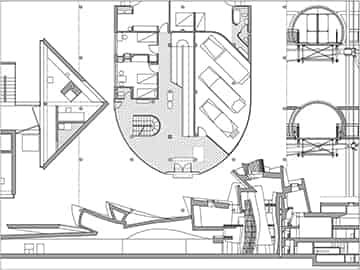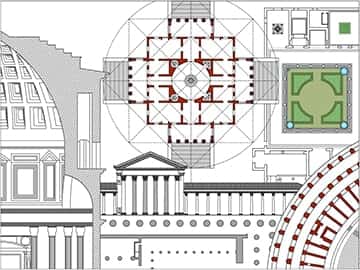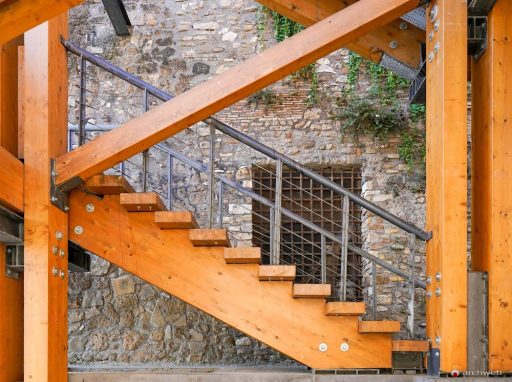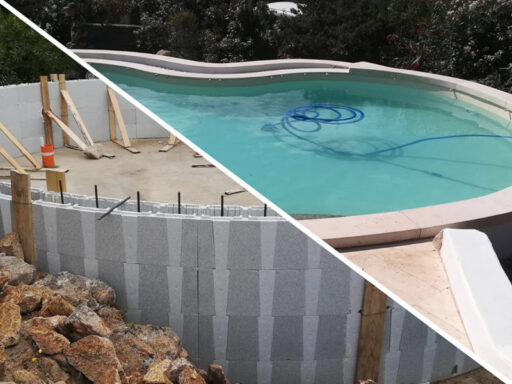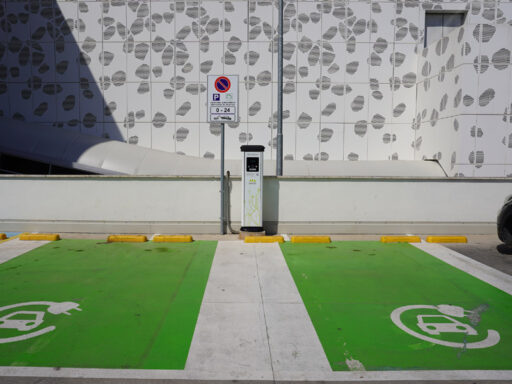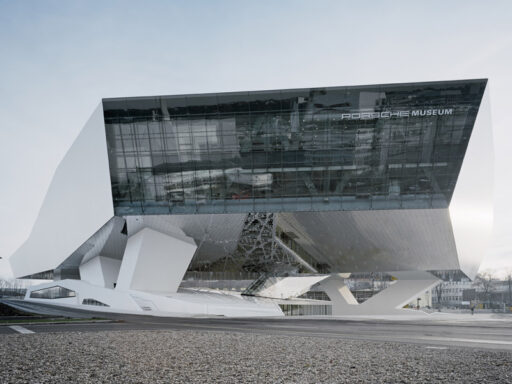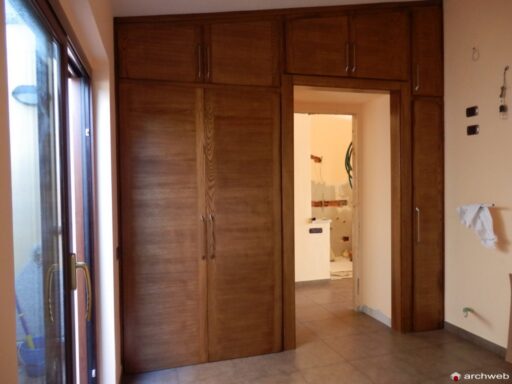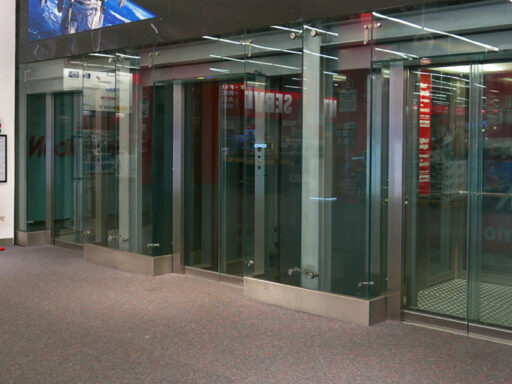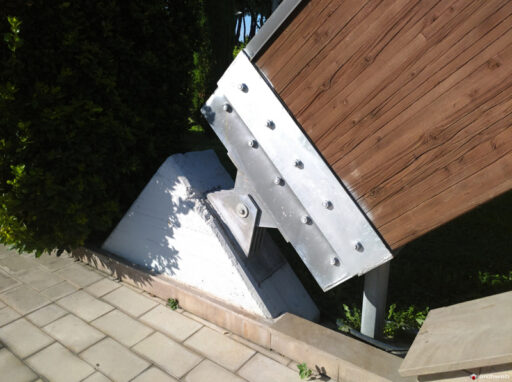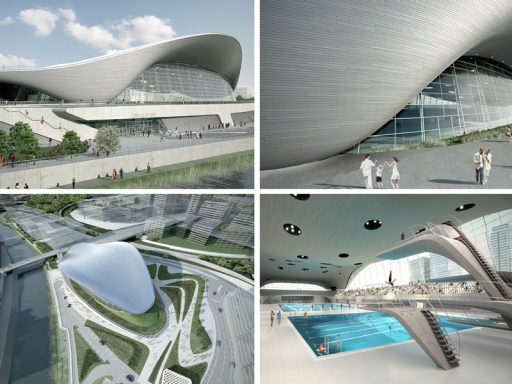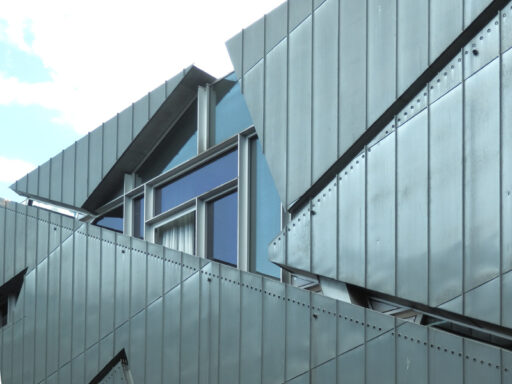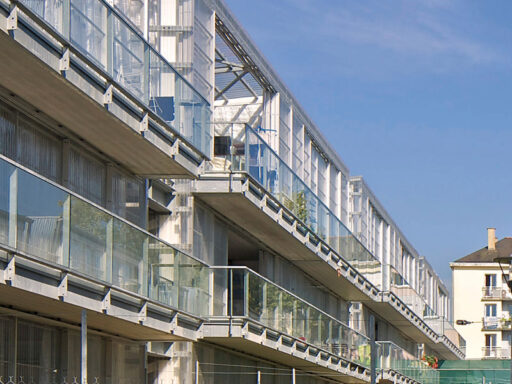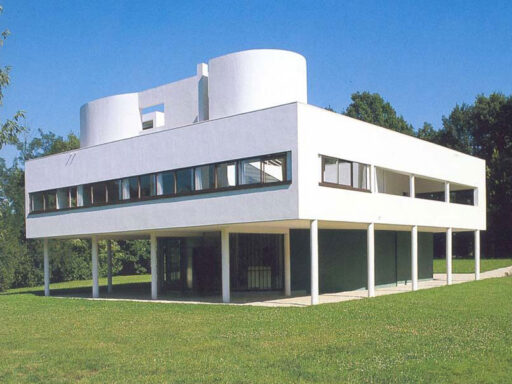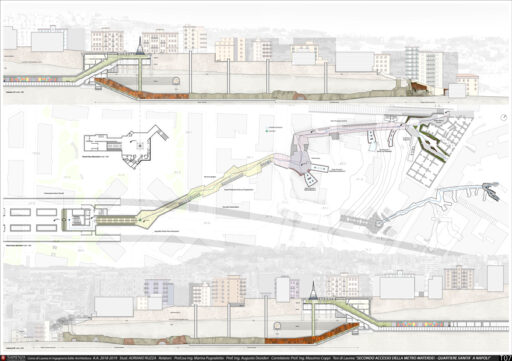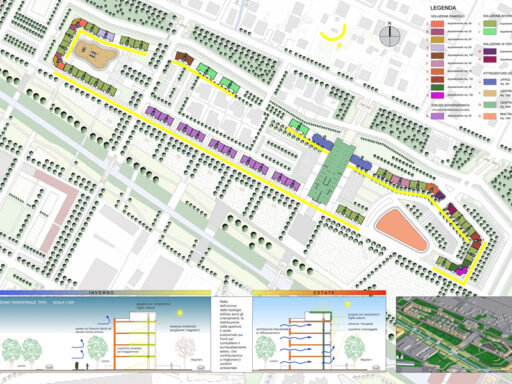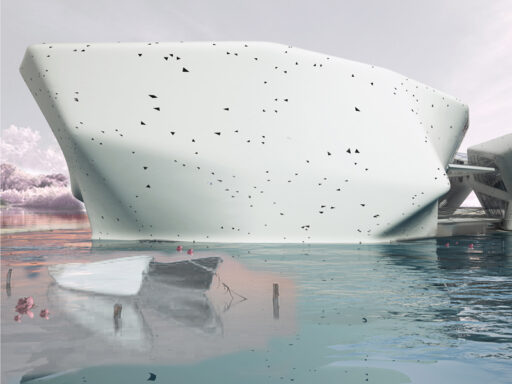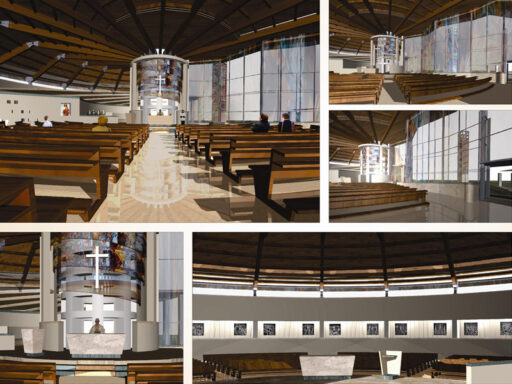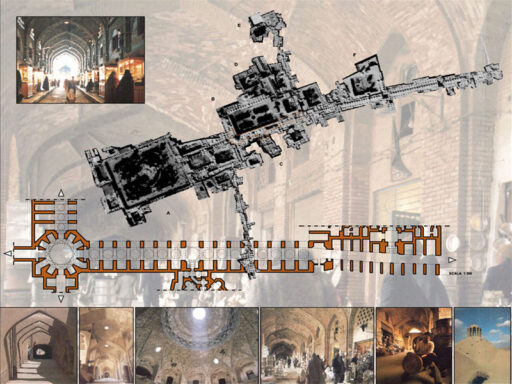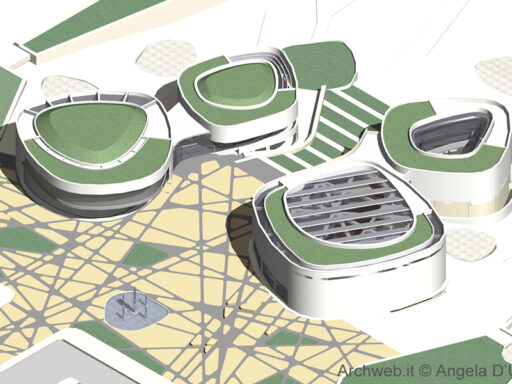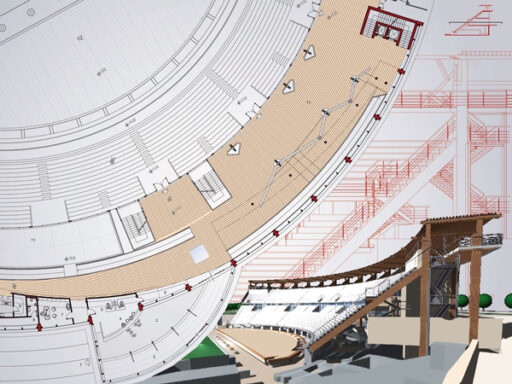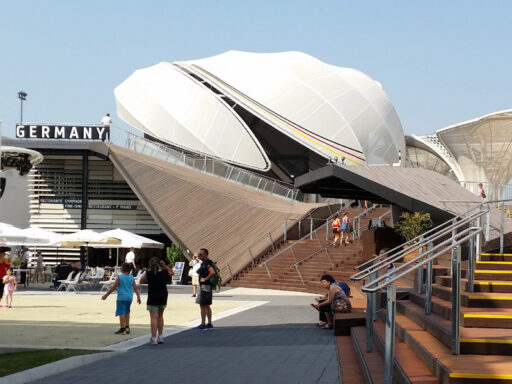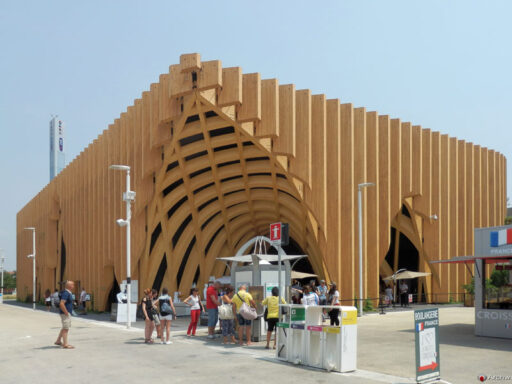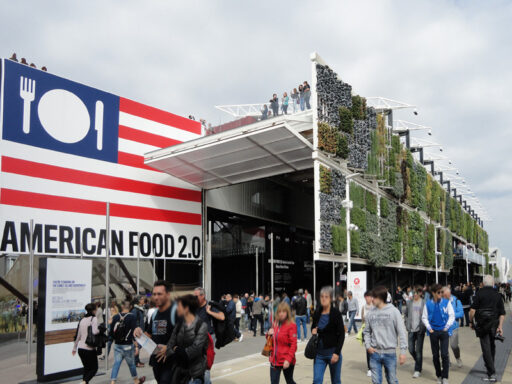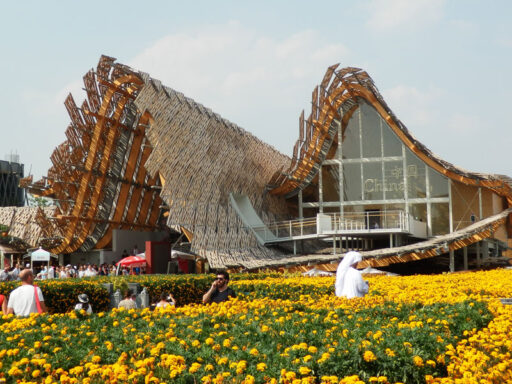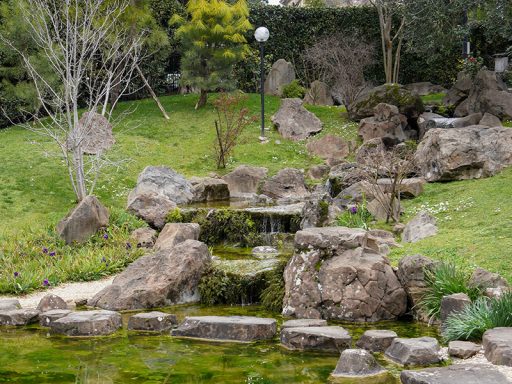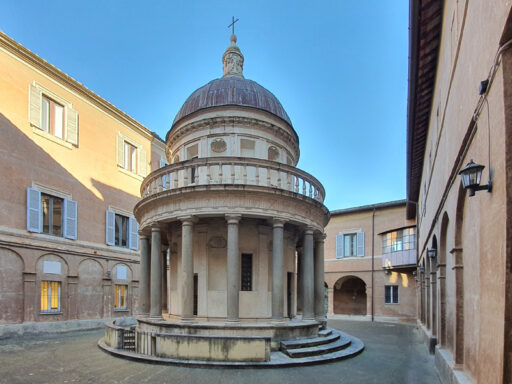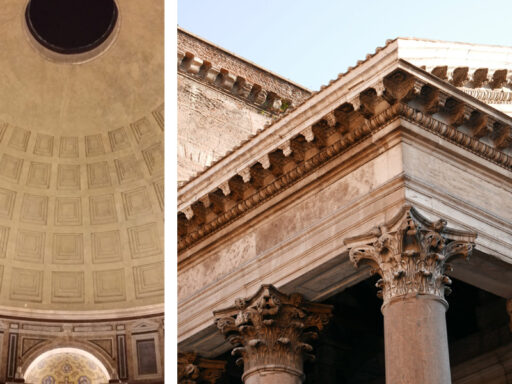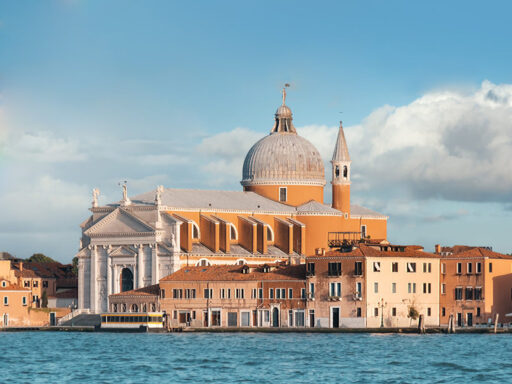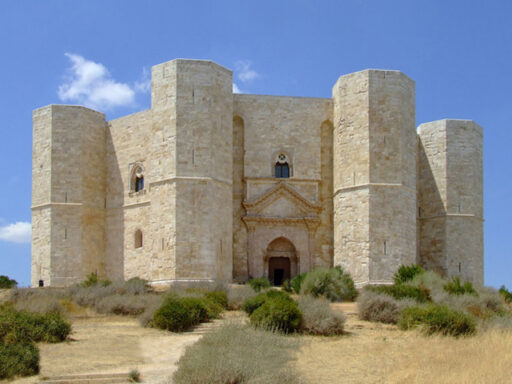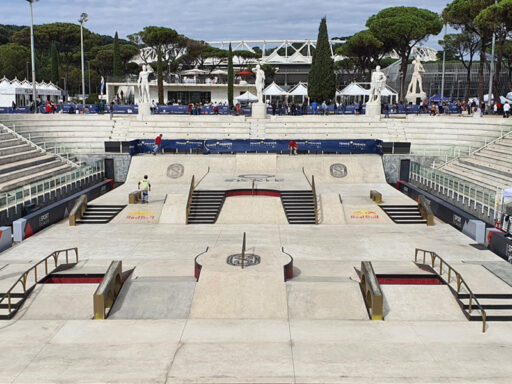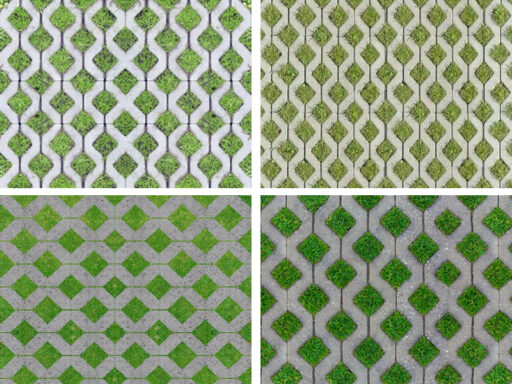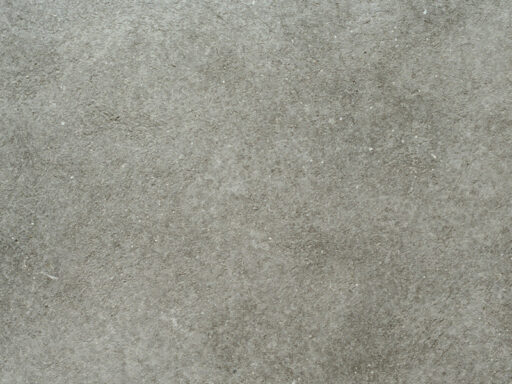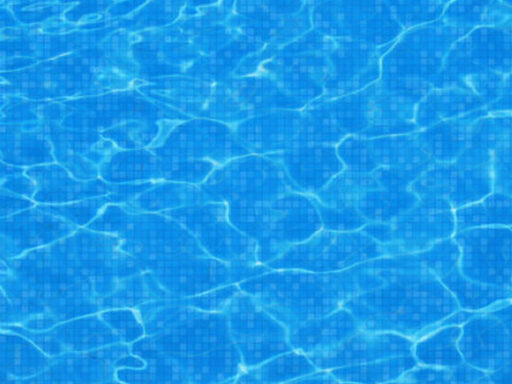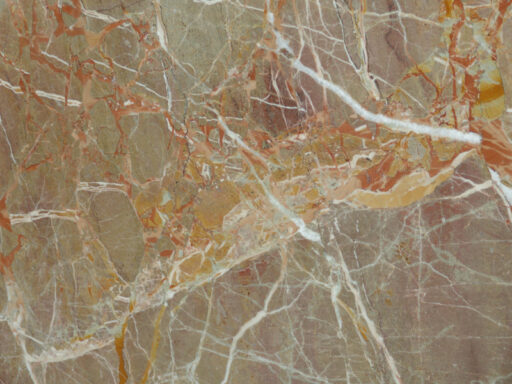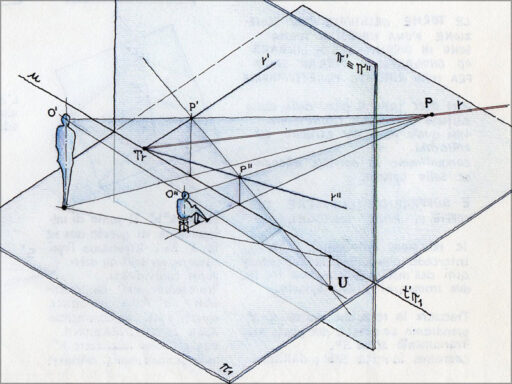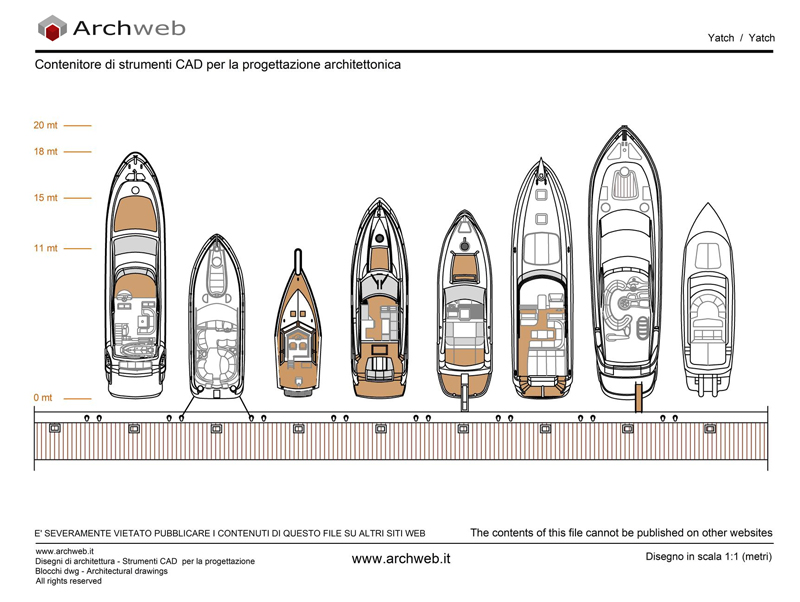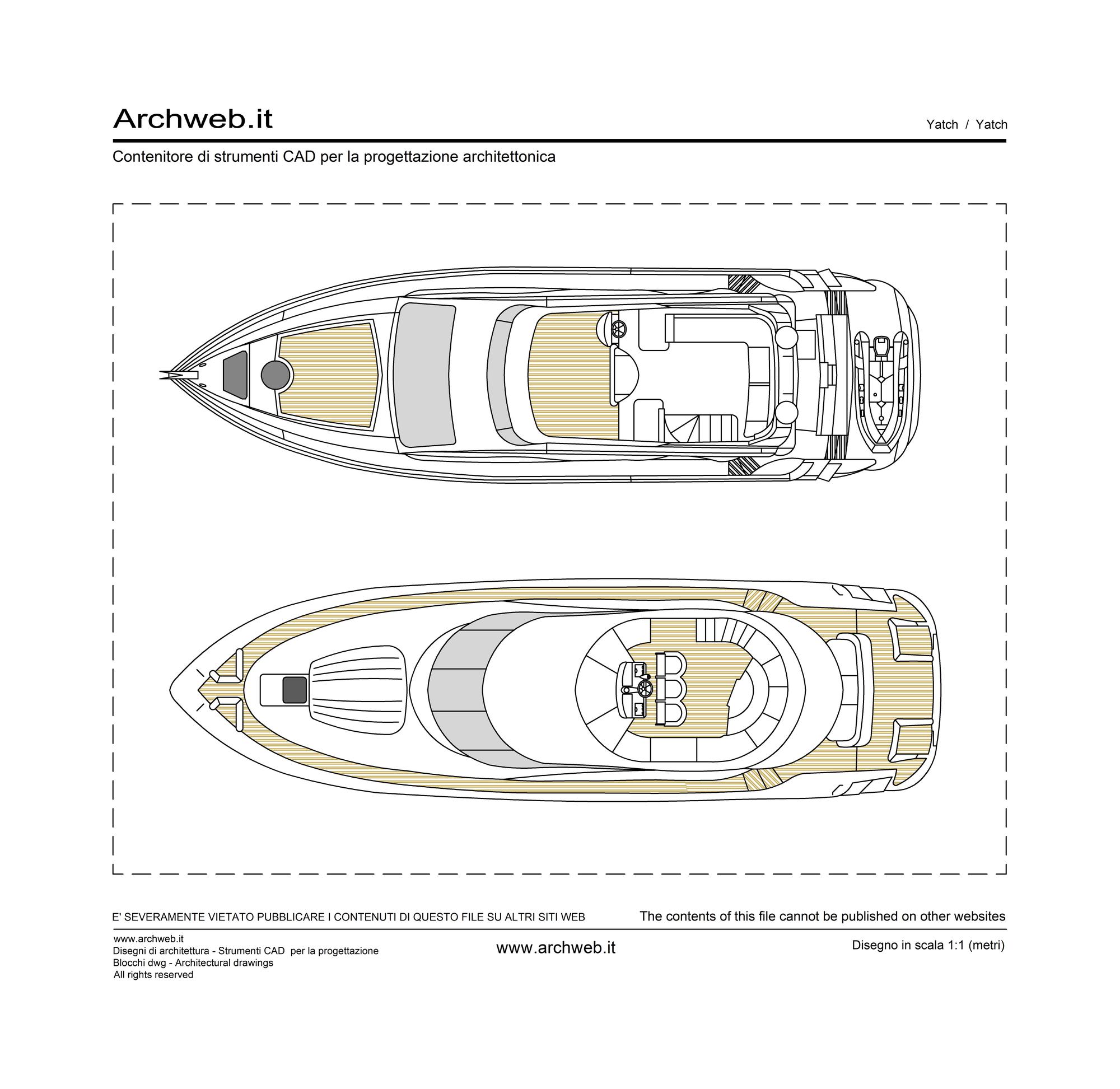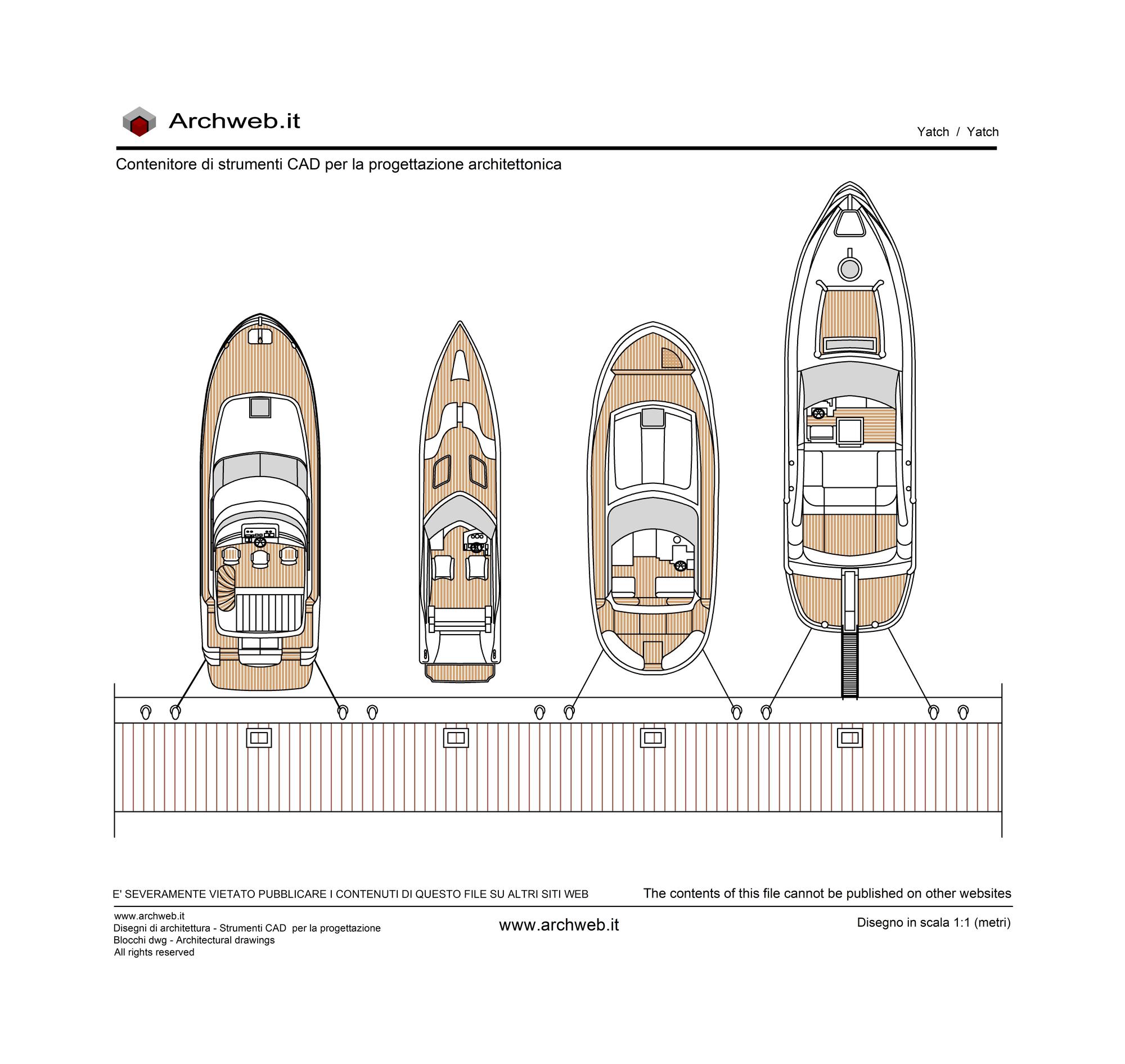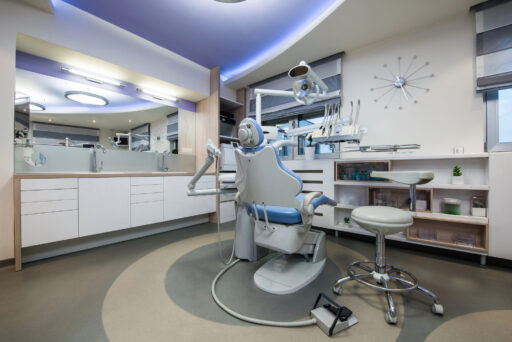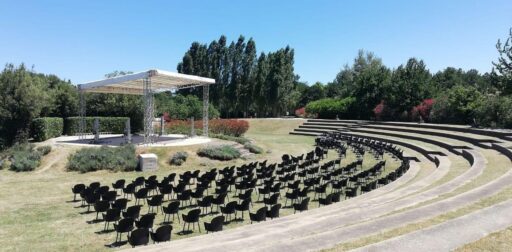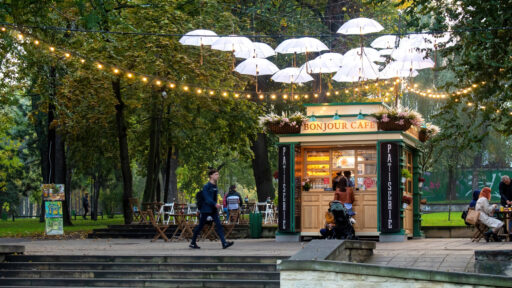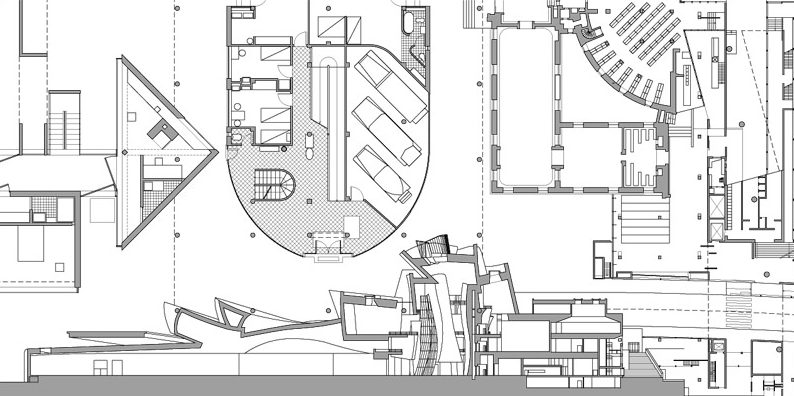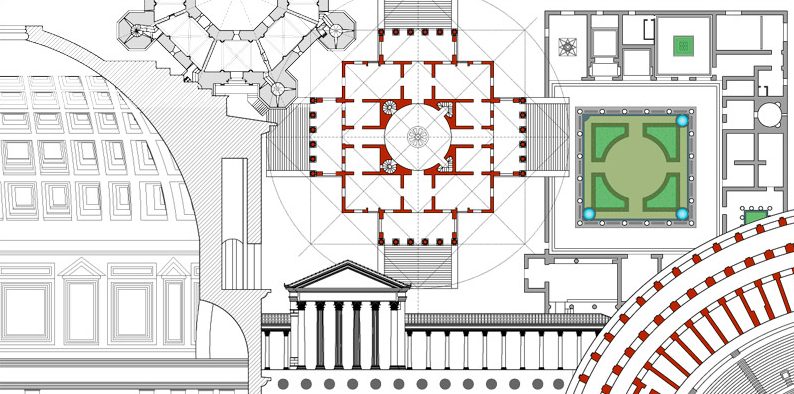Nautical interior design
Guide to live the sea
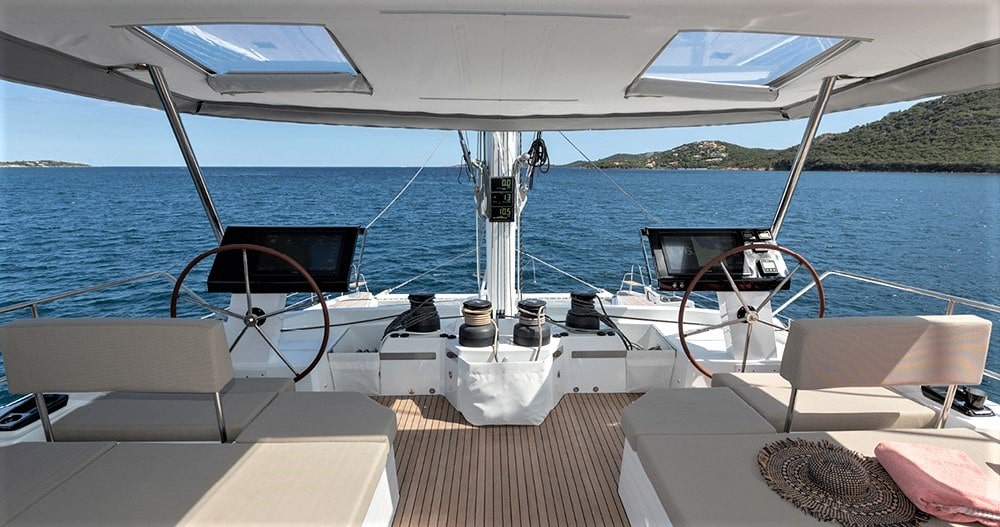
There is a clear distinction between sailing enthusiasts and those who prefer the world of motor boating. Usually those who appreciate one category do not support the other, but from a design point of view some characteristics unite both types.
The indispensable element to consider for a correct design of the interiors of boats, of whatever type they are, is represented by the particular context in which one operates. In fact, unlike the interior design of residences and buildings with various uses, in this case it is necessary to take into account the behavior of the sea. All the furnishings that will characterize the spaces of the boats must be optimal and safe in situations of continuous movement. For this reason, kitchens, living rooms, bedrooms and bathrooms must be equipped with fixed furniture and well anchored to the floor. Even the complements and accessories useful during the stay on the boat will be studied ad hoc to avoid falling and to remain functional over time.
As far as style is concerned, in recent years we have moved away from a purely marine taste, in favor of interiors with a contemporary and more modern flavor that closely resemble those of the environments located on the mainland.
A brief and useful differentiation
As already mentioned, the boats differ in the two main categories: sailing and motor. The former convert the energy of the wind into driving force, while the latter work thanks to the equipment of an engine. However, even within the two macro categories it is possible to make differentiations; the first characteristic that determines the type of boat is represented by the size. They range from small sailing boats, dinghies, to semi-cabins intended for daytime navigation, to large cabin cruisers that can accommodate spacious and comfortable interiors equipped with all the comforts to stay there day and night.
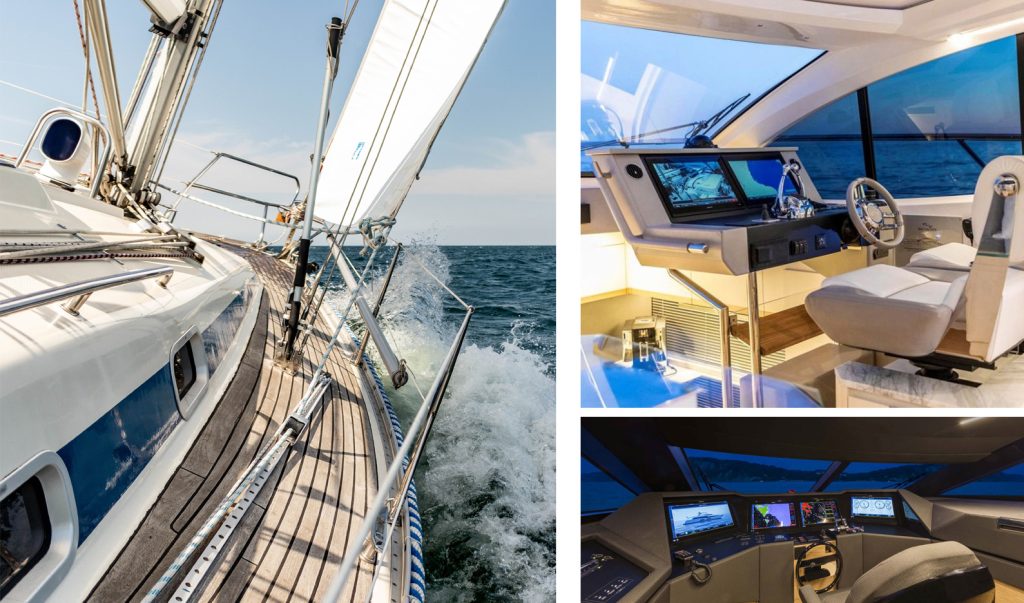
As far as motor boats are concerned, the same rule applies: there are open boats intended for short journeys, motorboats with cabin, sports boats designed for competitive purposes, catamarans and very generously sized yachts. It is important to point out how each type of boat has been designed over time according to the intended use and how the exteriors fully reflect the interior spaces which, in addition to being aesthetically pleasing, must be functional and practical.
To view a typical graphic representation of some yachts click here
The organization of the internal environment
In a very similar way to the design of residential environments, even on boats the distribution of the furniture strictly depends on the space available. If sailing boats are equipped with fairly restricted internal areas, which in any case vary according to the shapes and characteristics of the lower deck, the sizes and organizational possibilities change for yachts and catamarans.
Despite this, it is necessary to consider that, despite today’s trend is to recreate the classic domestic environments on board through furnishings and accessories that refer to the contemporary style, you are in a different context where safety is the basis of any choice. For this reason, the planning of the interior spaces will be strictly conditioned by the typical movement of boats and each piece of furniture must ensure personal safety even in situations of heel and rough seas.
The entrance to the internal area of the boat can take place in two ways: on the level of the outdoor space, in the case of yachts and catamarans on two or more levels, down a ladder in the case of sailing boats. The first functional area is represented by the “dinette“, the classic living area of our homes, equipped with a central dining table and seats that follow the shape of the boat and are anchored to the structure so as to ensure stability during navigation. Since this is the area that is most experienced during the day, it is essential that there are suitably sized windows and portholes, in order to filter as much natural light from outside.

The kitchen completes this environment, a space that must be functional and practical for its particular use on the move. In addition, it is a good idea to size and design the kitchen block according to the expected frequency of use: if it is used for a few days, it can be a simple support, but if it will be used for longer crossings it will need all kinds of options. Here the gas hob must ensure a high level of safety, through knobs that block rotation and lock pots, to avoid dangerous situations in the event of unexpected wave motion. In a contiguous position there is the sink with dish drainer and anchored shelves that guarantee the safe positioning of dishes and food. As for the refrigerator, the most used is the well model with upward opening; there may be a gas oven especially in the case of boats destined for longer voyages.
The living area is followed by the sleeping area with hallway equipped with wardrobe and storage, bathroom and cabins with bedrooms. The latter usually house a double bed with side rails that guarantee greater safety for sleeping hours while sailing. The number of cabins varies according to the size of the boat: they range from single cabins to multiple cabins, up to double cabins with en suite bathrooms. Sometimes, the services can be placed near the ladder so as to make their use more practical even for those in the deck area. In all cases, the sanitary fixtures have handles and accessories to be able to hold in case of sudden movements of the sea. Inside the cabins, for beds and mattresses, the choice of natural materials is optimal as the cotton, linen and silk fibers ensure greater conditions of comfort from a hygienic-sanitary point of view.

Finally, every self-respecting boat has an area dedicated to planning the route and the trip. This is the so-called space intended for correspondence, where the drawing tools, maps and navigation manuals are located. To complete the whole desk and seat for those who drive the boat. In addition, there are computerized systems essential for safety on board and the electrical panel of the boat.
Here is a moodboard that contains some useful advice to best furnish a boat
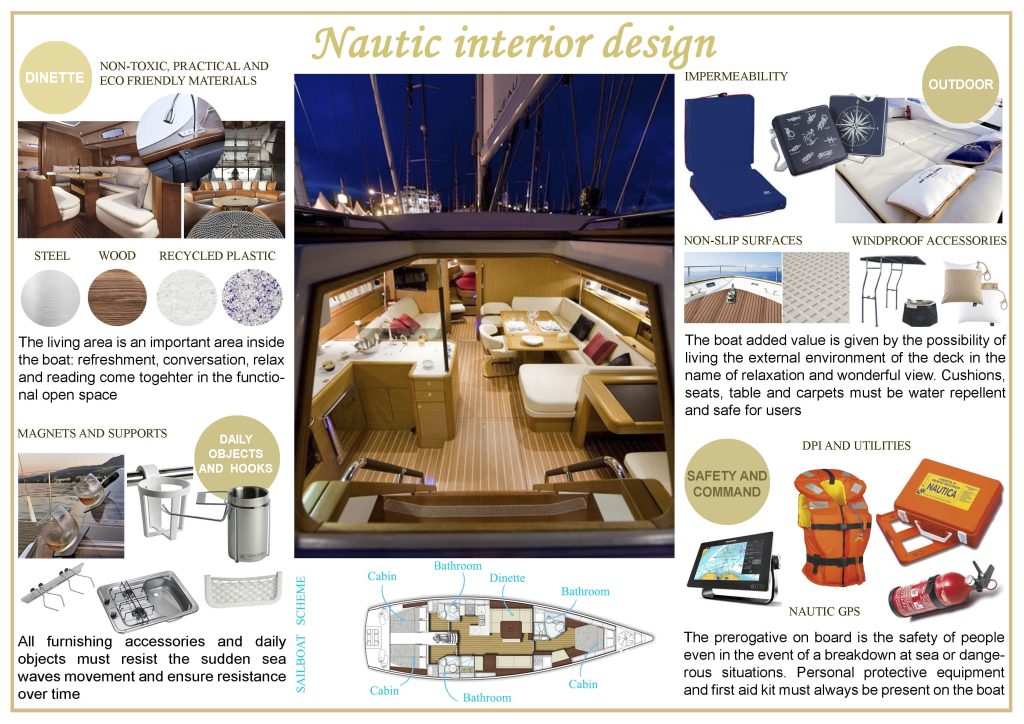
The deck space
Like the design of the interiors of the boats, the semi-open spaces located in the deck area are equally important. The most modern solutions see these areas inside yachts and catamarans becoming exact copies of city terraces and attics. In fact, while on sailing boats, space is often limited and the cockpit is used for its management, in motor boats this area is used as a relaxing environment used for dinners and aperitifs. This difference derives precisely from the functioning and structure of the different boats that need diversified technical spaces. For this reason, the planning of internal and external environments requires special attention and an in-depth study of the relationship between the hull and the superstructure.
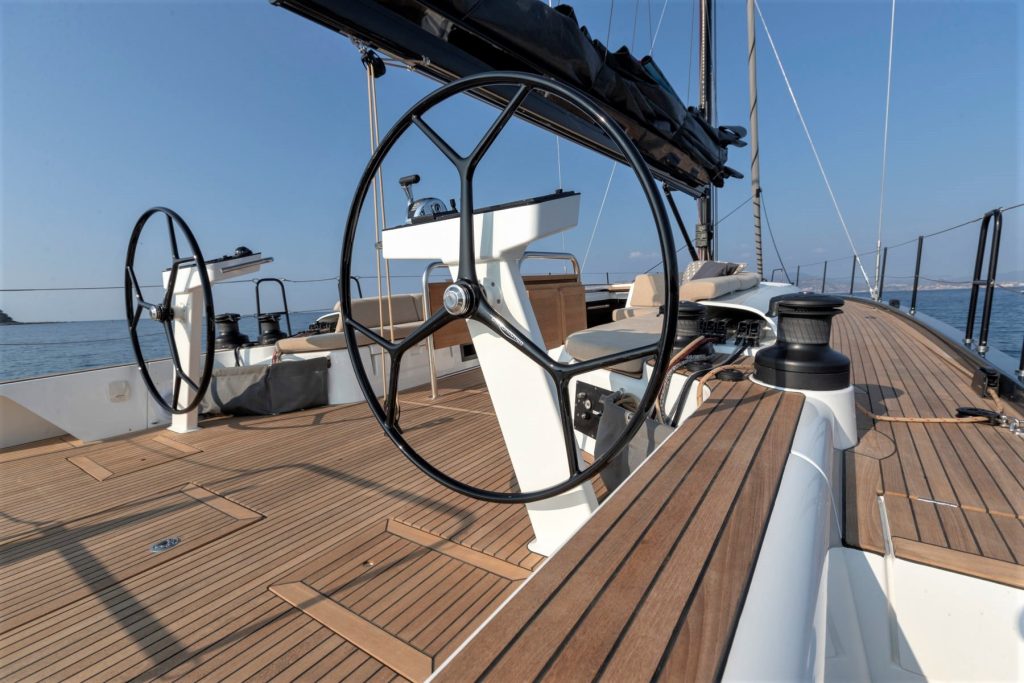
The outdoor space thus becomes a plus value capable of recreating a direct relationship with the surrounding marine environment. Current trends also see this environment exploited for the consumption of meals and for this purpose, it may be useful to insert a stainless steel barbecue capable of ensuring durability over time. Each seat must be equipped with waterproof cushions and padding, while the support surface must guarantee resistance against the action of salt, sun and atmospheric agents. The outdoor furniture containers are very useful, capable of hosting objects and accessories in case of need. Practicality must be the basis of any choice and shape the furniture according to the needs of the users. Safety in open areas is also essential for personal safety: handles, supports and balustrades must limit access to the sea and life jackets and life jackets must always be present.
Furthermore, an aspect increasingly taken into consideration by designers in the nautical sector is respect for the maritime environment. The choice must increasingly focus on management systems that guarantee energy savings and on natural and recycled materials.
In conclusion, it can be said that the design of the spaces inside and outside the boats must take into account some fundamental factors:
- the context of quiet and continuous movement that places user safety at the center of planning;
- the particular microclimatic conditions that require greater attention in the choice of materials suitable to resist marine action;
- the reduced heights and limited sizes that require lighting design aimed at increasing the light inside the rooms and passageways;
- environments that are different from the residential ones on land that require the same comfort and high functionality but are in constant motion.
For fans of the sector there are numerous exhibitions and fairs that take place throughout the country and that can be visited to stay updated on the most innovative technologies. Famous examples of this are the Mostra d’Oltremare held in Naples, the Venice Boat Show and that of Genoa.
Cover photo: Ferretti Group
